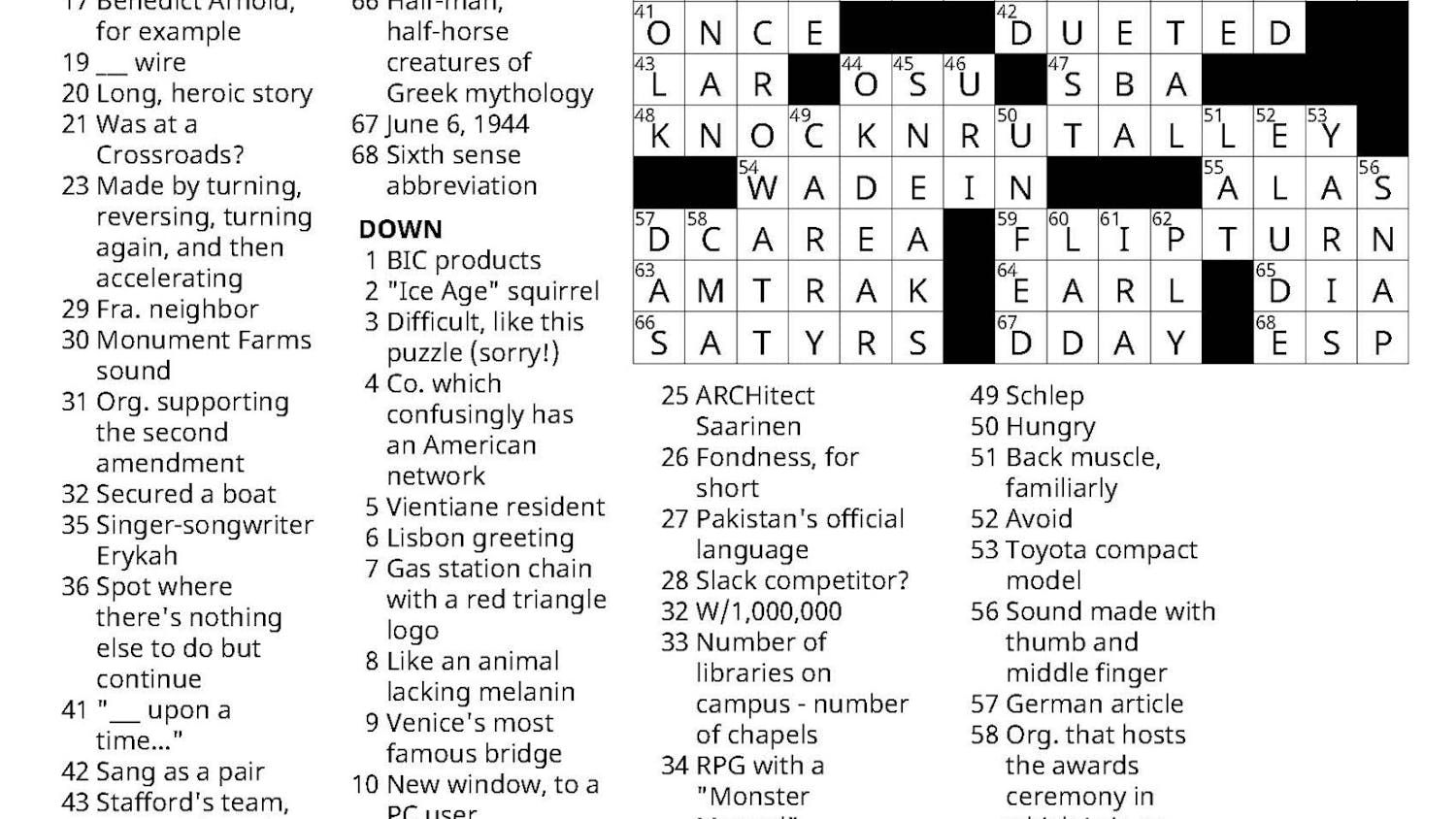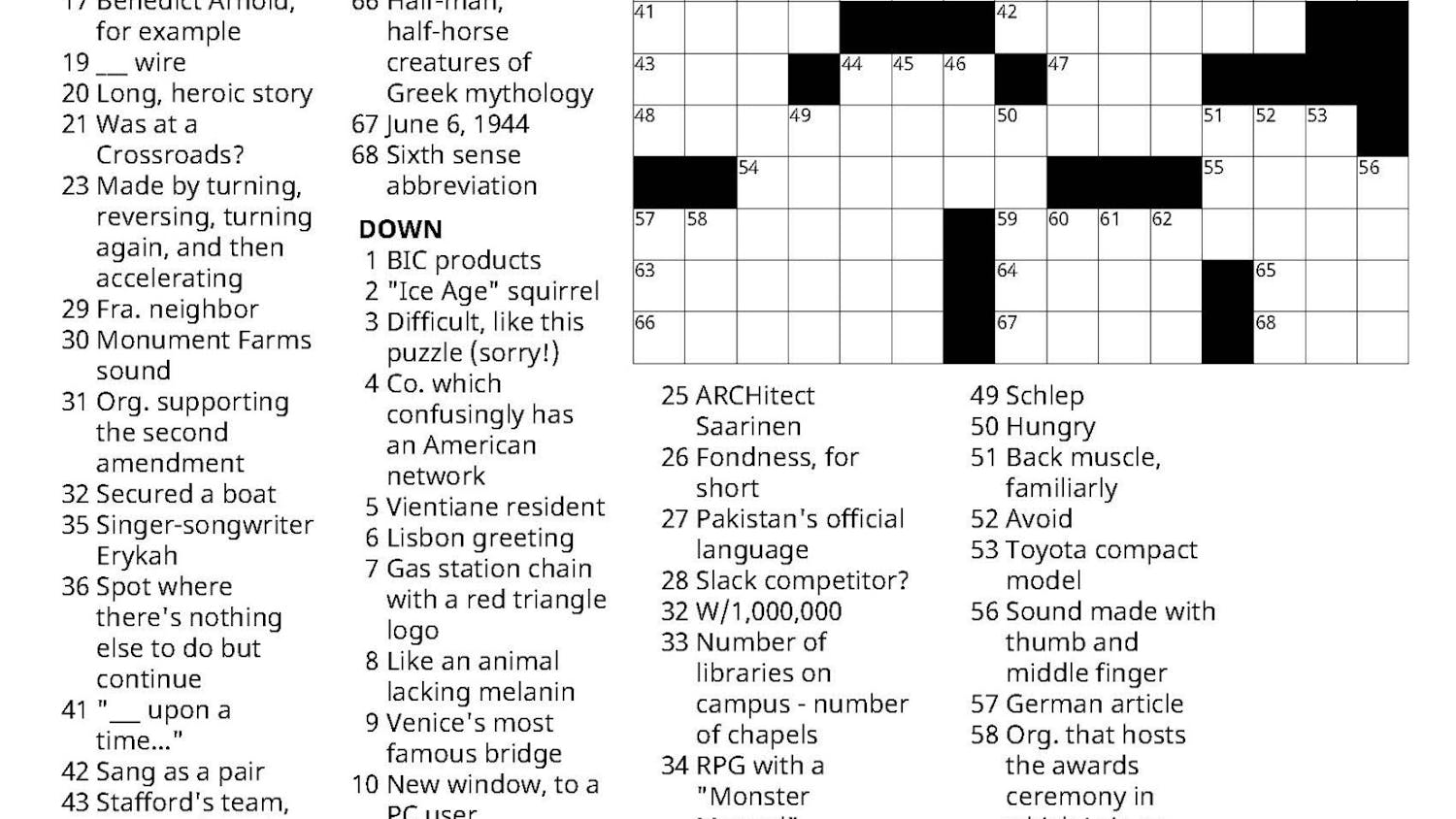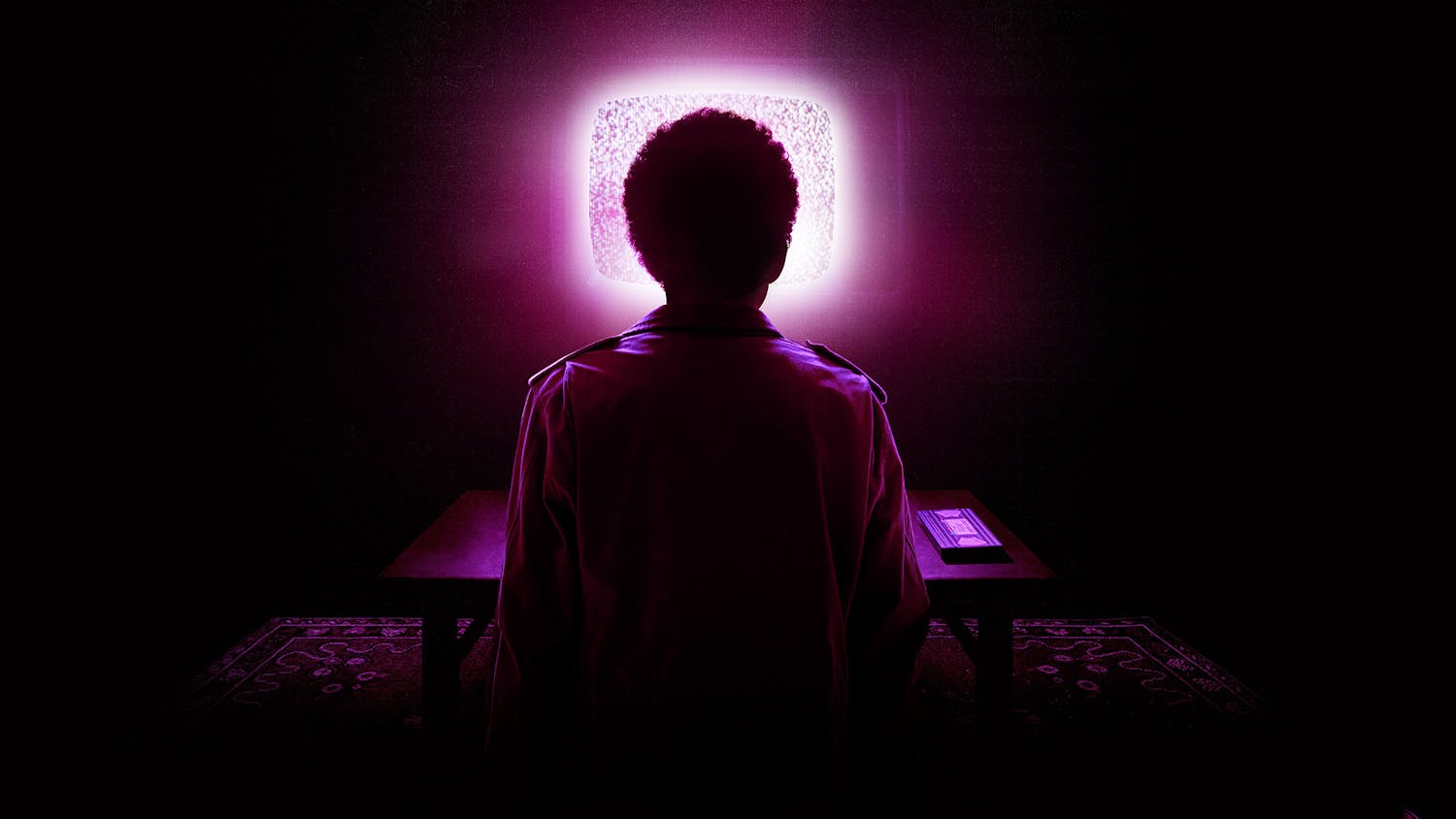The New York Times has called cellist Sophie Shao “eloquent and powerful.” One might think this is a paradox, but to be a truly exceptional musician of any style, these qualities are necessities. After watching Sophie Shao in her performance on Friday, I was overwhelmed by not only her technical brilliance, but also her versatility.
Shao treated the audience at the Mahaney Center for the Arts Concert Hall to the works of composers from not only three different nations, but three different periods in classical music as well. The program started with a piece by French impressionist master Maurice Ravel. The piece was an unfamiliar combination of instruments in a familiar form, a sonata for violin and cello. I personally am amazed by Ravel’s music and know him to be a master of both melody and harmony. In this piece, however, harmony is not as important. Rather, Ravel’s sense of melody was surprising. It sounded to me like he was taking two different melodies and having them wrap around each other and then go to radically different places. Shao performed this piece with the help of renowned violinist Daniel Phillips. In the hands of these two tremendous performers, a powerful energy was created. The instruments seemed to speak to each other.

Early in the sonata, Shao’s skill and conviction as a performer were very apparent and also awesome to watch. I was amazed by her ability to make the cello sound like anything, from a lyrical tenor to a bullfrog. She moved between elegance and anger with ease. Phillips was equally convincing. The two performers also possessed such infectious energy. At one point in the very fast second movement, I thought Phillips was going have a martial arts fight with his music stand.
The rest of the performance consisted of large chamber pieces, two quintets for piano and strings. Shao performed these with the help of Phillips, as well as violinist Arnaud Sussmann, violist Eric Nowlin and pianist Pei-Yao Wang. The first quintet was by the early romantic German master Robert Schumann. The material of this piece was also very diverse and often paradoxical at times. The performers took every idea and made it resonate on its own but also remain relevant to the whole of the piece. Again, the energy and synergy of the performers was powerful. The joyful themes of the first and third movements made me smile, the operatic lament of the second movement made me sigh and the wit of the last movement made me raise an eyebrow. There was so much going on in this piece and thanks to these performers it was clear and convincing.
Phillips introduced the third piece (a quintet by British composer Edward Elgar, one of his few compositions involving a piano) by saying that they chose it in the spirit of Halloween. According to Phillips, Elgar imagined monks in a monastery in Spain on a stormy night. This piece was complicated emotionally but leaned most clearly towards the side of terror and desperation more than any of the other pieces. The first two movements of the piece had strong Spanish influences in the melody with creepy parts adding mystery all throughout. The final movement was a lot happier and even quirky but remained true to the tension that governed the piece before. It was very atmospheric and imperial. At times it sounded epic, thanks to the power of the quintet. There was an amazing interplay of creepy lurching strings and huge piano chords. The individuals of the quintet rose to the challenge of playing small but intense solo parts, all of which were handled perfectly. All the musicians created a spectrum of emotions — at one end bitter, and at the other, very fragile.
This was an impressive performance, from the choice of program, doing a great sweep of nineteenth century composers, and the musicianship, able to do justice to every subtlety and mood the composer’s put forth. In particular, Shao had an astounding control over the instrument and a very clear understanding of several schools of classical music. What’s more, her conviction and passion was infectious.
As somebody who plays piano, I have to say that at times Shao made me think that the cello was the greatest instrument. I certainly now want to discover more about the instrument and its possibilities in all forms of music thanks to her performance.
Shao, Phillips, others perform in haunting concert
Comments



